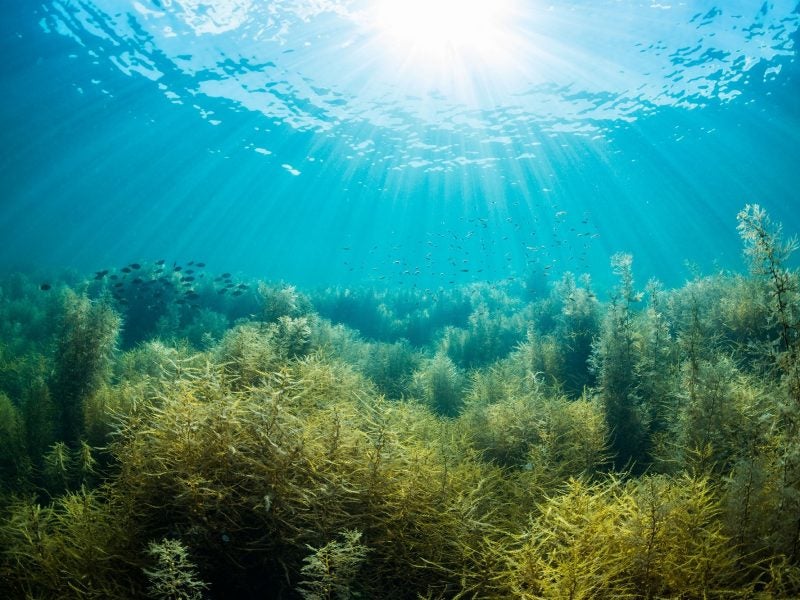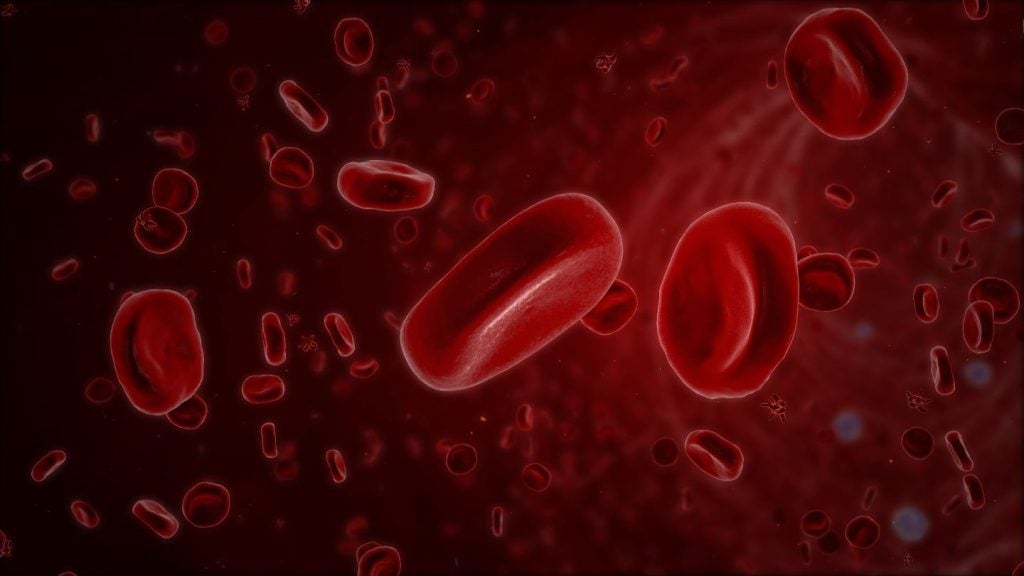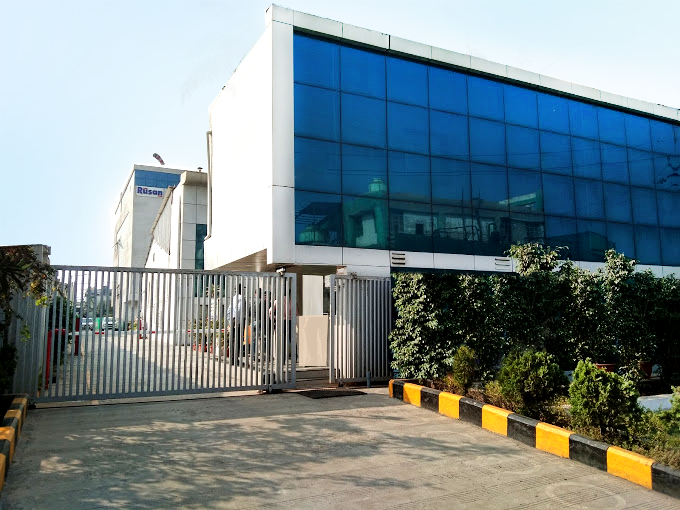
Researchers from the University of Porto, Portugal, have discovered a common form of seaweed, Laminaria ochroleuca, is a rich source of actinobacteria, a fascinating microorganism known for its antimicrobial and anti-cancer properties.
Although the medical potential of seaweed and of marine-derived actinobacteria is already well known, “very little has been done to assess their potential to produce compounds with important bioactivities,” says principal investigator of the study Maria de Fátima Carvalho.
“This was particularly unexplored for the Laminaria ochroleuca, [which] forms highly diverse and productive ecosystems, known as kelp forests,” continues Maria.
The Portuguese team’s finding leads to questions about the seaweed’s potential as a source to produce therapeutic compounds targeting bacterial diseases and cancer.
Understanding the medical properties of actinobacteria
Actinobacteria are particularly interesting as they share characteristics of bacteria and fungi and are found in both soil and the seabed. They are known for their capacity to produce bioactive compounds in the form of thousands of secondary metabolites.
Some of these metabolites have been discovered to have antimicrobial properties and have formed the basis of antibiotics, others have been found to produce enzyme inhibitors useful against cancerous tumours and to enhance immune response.
How well do you really know your competitors?
Access the most comprehensive Company Profiles on the market, powered by GlobalData. Save hours of research. Gain competitive edge.

Thank you!
Your download email will arrive shortly
Not ready to buy yet? Download a free sample
We are confident about the unique quality of our Company Profiles. However, we want you to make the most beneficial decision for your business, so we offer a free sample that you can download by submitting the below form
By GlobalDataCarvalho explains: “There are many drugs available in the market that are produced by these microorganisms, such as actinomycin – the first antibiotic discovered with antimicrobial and anticancer activity- [and] streptomycin – the first antibiotic discovered to be effective in the treatment of tuberculosis.”
The terrestrial-derived forms of actinobacteria have been extensively explored and exploited, and thus are beginning to run out. This leads to a need to refocus on the underexplored marine sources of the microorganism.
According to Carvalho, to date, “several novel drug leads derived from marine actinobacteria are already known. These include anticancer agent salinosporamide A, currently in clinical trials, and several new antibiotics that are effective against drug-resistant infections like MRSA and tuberculosis.”
Salinosporamide A was isolated from a marine sediment obligate in 2002 by a team from the University of California, San Diego, led by Dr Robert Feling. The team were able to purify a 150mg dose of the compound, which was found to be an inhibitor of the 20S proteasome, a target for cancer chemotherapy.
It was licensed from UC San Diego by Nereus Pharmaceuticals where it was entered into preclinical development. Despite some problems encountered during preclinical stages, Salinosporamide A has completed Phase I trials in a range of cancers, including multiple myeloma, non-small cell lung cancer and lymphoma.
In a Phase II trial funded by Celgene, nine of 15 participants with multiple myeloma experienced disease progression and four saw disease stability. Phase II and III trials for other oncology indications where Salinosporamide A is being studied both alone and in combination with other approved drugs are ongoing.
Despite success from marine-derived actinobacteria date, “it is estimated that there are thousands of new species of marine actinobacteria to be discovered and that many of these species will contain unique bioactive compounds,” notes Carvalho.
Seaweed as a new source of antibiotics and anticancer drugs
During their research, the Portuguese team isolated 90 strains of actinobacteria from Laminaria ochroleuca samples collected off the northern coast of Portugal.
According to Carvalho, the strains were isolated from the seaweed through “sterilising the surface of different tissues of the algae, grounding the tissues and plating them on culture media suitable for growing this class of microorganism. Then we grew each strain in liquid medium and prepared an organic extract from the cultures.”
From these 90 isolates, “we identified 45 actinobacteria strains capable of inhibiting the growth of a reference fungus and bacterium [either Candida albicans or Staphylococcus aureus] and 28 strains capable of inhibiting the growth of one or two cancer cell lines [either breast carcinoma or neuroblastoma],” explains Carvalho.
From these compounds, the researchers found two actinobacteria strains, which could not be matched with compounds in comprehensive databases of existing natural compounds. Therefore, suggesting these two strains could be used as the basis of novel bioactive compounds.
Progressing towards development of new drugs
As a result of these exciting outcomes, Carvalho says her team is currently carrying out further studies of the two novel compounds to check the results and fully “understand if any of these microorganisms is actually producing novel chemical entities.”
This work will be supported by collecting samples of other common seaweeds found in Portugal to determine “if these species may [also] host new actinobacteria species with potential to produce novel antibiotics or anticancer agents,” as Carvalho notes.
Dependent on her team’s findings, Carvalho explains a further stage will be to look more closely at the chemical structure of the potential bioactive compounds, such as their “mechanisms of action, toxicity to human cells and [an] effective dose.”
Although this work remains exploratory, Carvalho notes the importance of reliable evidence based on a tightly controlled screening process in enabling the discovery of new drugs.







